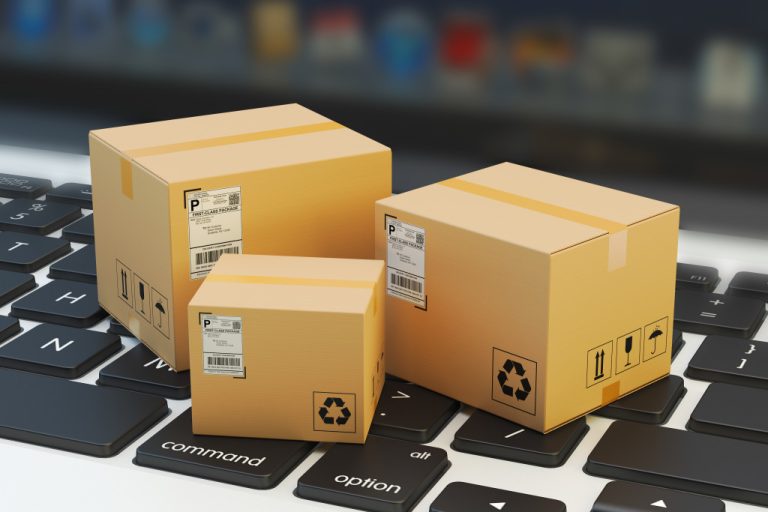Custom packaging can make your company’s product stand out. Here’s a simple guide to designing eye-catching packaging for your brand.
Packaging is the first impression that people get of your product; it’s what they see on the shelf before they discover more about the item inside. If you’re marketing towards customers looking for something unique, custom packaging is the way to go.
What is custom packaging, and why should you care?
Your product’s packaging may not be the most crucial element of your marketing campaign, but it can still do some pretty heavy lifting. Packaging:
- Distinguishes your brand from that of your competitors
- Creates a lasting impression about your product and what it does
- Can help preserve or protect electronic items
- Can assist with organizing products that have multiple parts, such as those in a set
- Demonstrates a level of quality
Packaging is also done to protect the product, so it doesn’t get damaged before it’s sold. Packages can also help companies win over consumers based on aesthetics alone. If you take your time and care when designing your custom package, you can capture the attention of potential customers and drive sales.
The best materials for your package design
When designing your custom packaging, you’ll need to consider the material of your package. The three most common options are plastic, paperboard, and metal.
Each requires special considerations, and it will largely depend on your product’s specifics.
Plastic
- It can be molded into a variety of shapes and reused
- It has different qualities, such as flexibility and strength, affecting how your package will ship.
- Customized pieces might require plastic molding manufacturing.
Paperboard
- It is sturdy and reusable even if it’s recycled
- It is easy to mold and form into many shapes, which can be great for custom package design
- It can be fragile and shouldn’t be used to hold liquids
Metal
- It is durable enough to reuse if recycled correctly
- It makes a sleek, high-end impression with low production costs
- It can be too heavy for a lightweight product
Designing your custom packaging
Custom packaging works best when it follows these rules:
Keep it simple.
You want your package to be efficient and effective, not complex. Keep in mind that this is an early part of the customer buying process, so make sure you’re highlighting what makes your product unique or relevant. In other words, give them a reason to buy from you rather than from another company offering the same product.
Use your branding

Custom packaging can help your product stand out on the shelf, but you must use your brand’s logo and colors to maintain consistency. To avoid confusing customers or creating tension with retailers, you should also check in with your company’s legal team about any concerns before setting up a final order of custom-designed boxes or packages.
Make it easy to open and use your product
Customers want to get at the item inside as quickly and efficiently as possible, so make sure they’re able to do both with minimal effort. Use tear tape and other devices to help break through tough plastic packaging barriers without damaging the contents; if necessary, also provide instructions on opening the package.
Think about the environment
You don’t want your custom packaging to end up in a landfill, so think about biodegradable and recyclable materials that your company can use. Sustainable practices are becoming more important to consumers, so this will only help strengthen your brand identity in the market.
Keep the product safe
Custom packaging can help you prevent your product from getting damaged before it’s sold, but it should also keep the product inside away from customers while they’re handling it in store. It should also provide instructions on using the item and any safety hazards that may come with its use.
Things to Avoid in Package Design
Since you’re still competing with other companies for customers, make sure you steer clear of these design no-nos:
- Trying to do too much. Your goal is to keep your product safe and at the center of attention, so don’t make your custom packaging any more complex than it needs to be. It should be easy to open and use and shouldn’t take away from the product itself.
- Using generic templates. With all of the design software available today, it’s easy to find free or cheap templates for your package design. However, this will make your product look like everybody else’s on the shelf, which is the last thing you want.
- Ignoring the bottom line. Custom packaging aims to help you make more sales, not cost you more money. When designing your package, keep this in mind, and don’t go overboard with expensive materials or design elements that aren’t worth it for your customer base.
- Using cheap materials. If you want your company’s product to look high-end, using inferior materials for your custom packaging is not the way to do it. It will ruin your brand image and make your product look low-quality imitation.
Custom packaging is a great way to make your company’s product stand out from the competition. You want it to be simple, easy-to-use, and eye-catching so that customers will remember you.
Keeping these guidelines in mind will help you create a custom package that is effective and stylish. Just make sure to avoid any common design mistakes, and you’re sure to make a good impression with customers everywhere.



